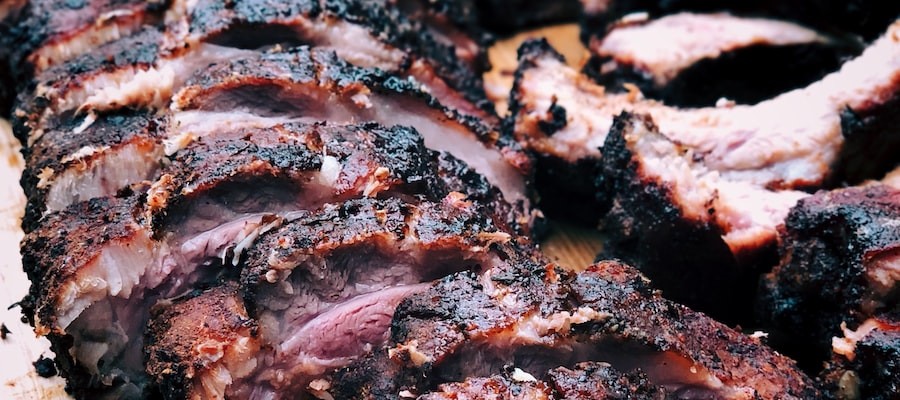
Food Movies List Explores Horrors of Luxury Dining and Cannibalism: ‘The Menu’ and ‘Fresh’
From ‘The Menu’ to ‘Fresh,’ Movies Are Exploring the Horrors of Rich-People Food
Films are increasingly exploring the dark side of high-end dining, revealing the potential terrors of feeding the 1 percent. Two recent examples are “The Menu” and “Fresh.”
“The Menu”
In “The Menu,” directed by Mark Mylod, Ralph Fiennes plays an authoritarian chef who commands an army of cooks to execute his dark vision of moral absolutism and retribution. The diners are rich sketches of types who might surround you at dinner. The meals structure the film and provide a Rorschach test that characters take and evaluate, course by course. The film is deeply cynical about the nature of service and hospitality, and Slowik, the chef played by Fiennes, sees no way forward for himself or fine dining. The extreme inequality is unremarkable to the diners.
“Fresh”
In “Fresh,” directed by Mimi Cave, Daisy Edgar-Jones plays Noa, who is single and having terrible luck on the dating apps. She meets Steve, played by Sebastian Stan, who is handsome, charming, a great cook — and a doctor! But he’s only pretending to be a doctor. Steve kidnaps women and sells off pieces of their meat one by one to his “1 percent” clientele. The film treats cannibalism as an elite fetish among extremely wealthy men, who prey exclusively on women. The horror here is that being at the top of the food chain and able to afford the ultimate luxury of human flesh is what makes the food special.
The message
Both films use horror to magnify the kinks and distortions of luxury dining. “The Menu” is a psychopathic authoritarian commanding an army of cooks to execute his dark vision of moral absolutism and retribution. As satire, it might be stronger if those cooks didn’t remain nameless, faceless and mostly without lines. “Fresh” is a feminist critique of the meat industry, with a dark sense of humor. However, the takeaway of both films is that change isn’t possible; the whole system has to be burned down.
Conclusion
Films tend to reflect the cultural mood and public concerns of their time. The restaurant industry is fragile, dysfunctional, and possibly in the midst of an upheaval. The films simply reveal what has been lurking beneath the surface all along.
This food movies list is not the common, lighthearted film fare people may be used to seeing. Instead, they reveal the dark side of luxury dining and cannibalism.